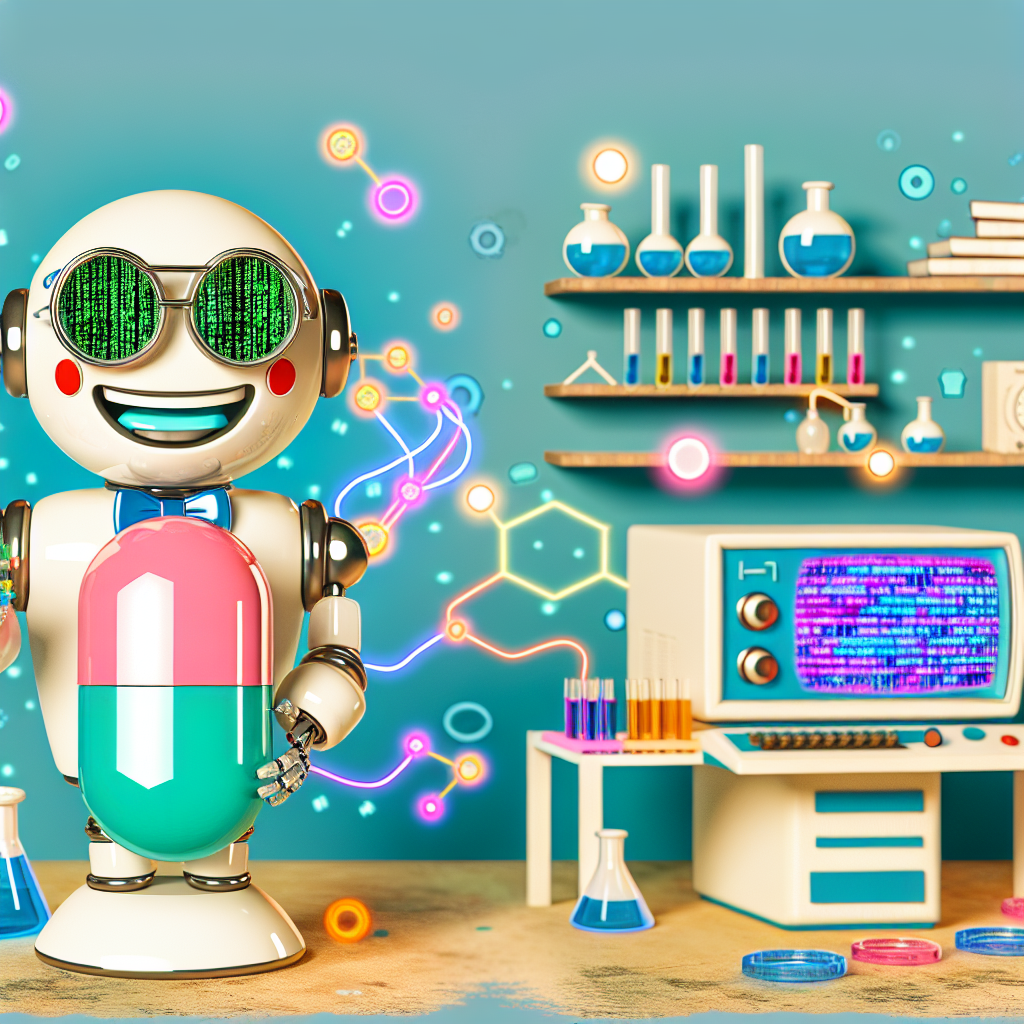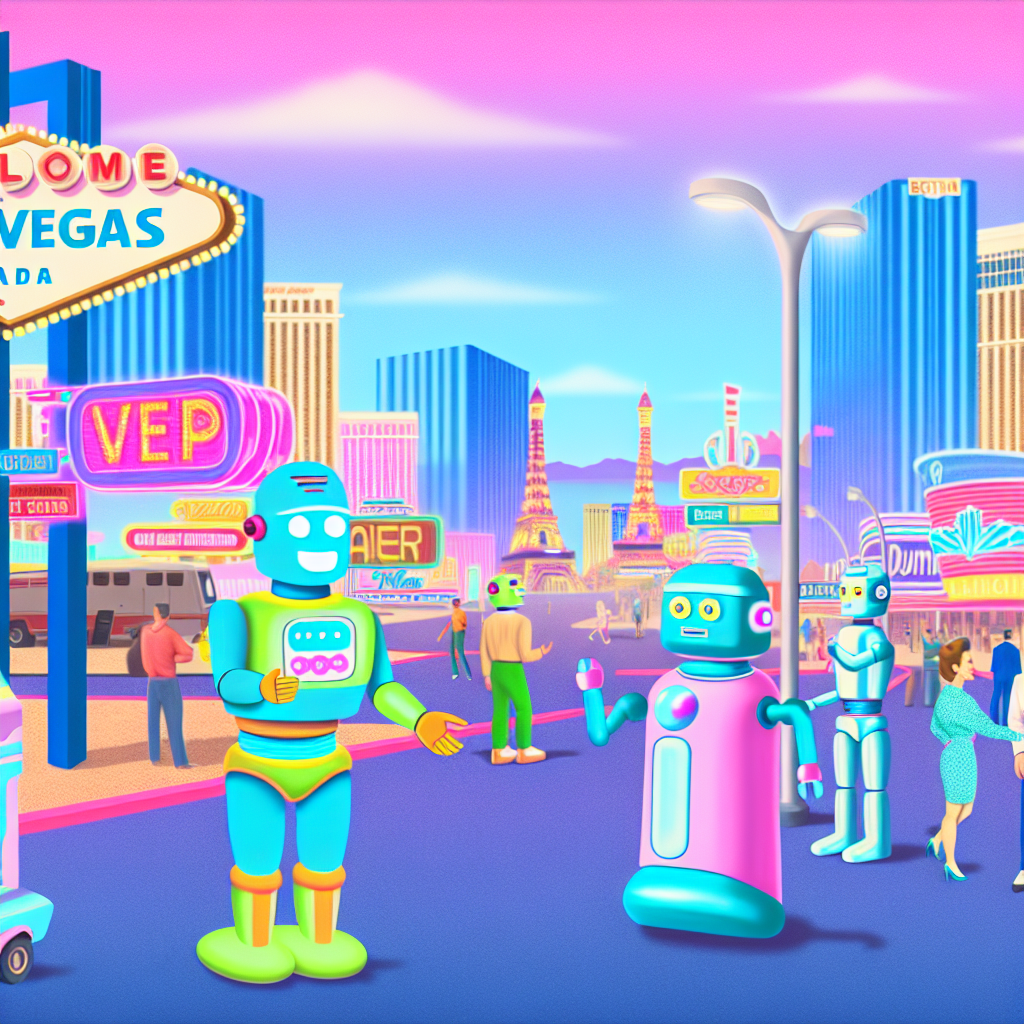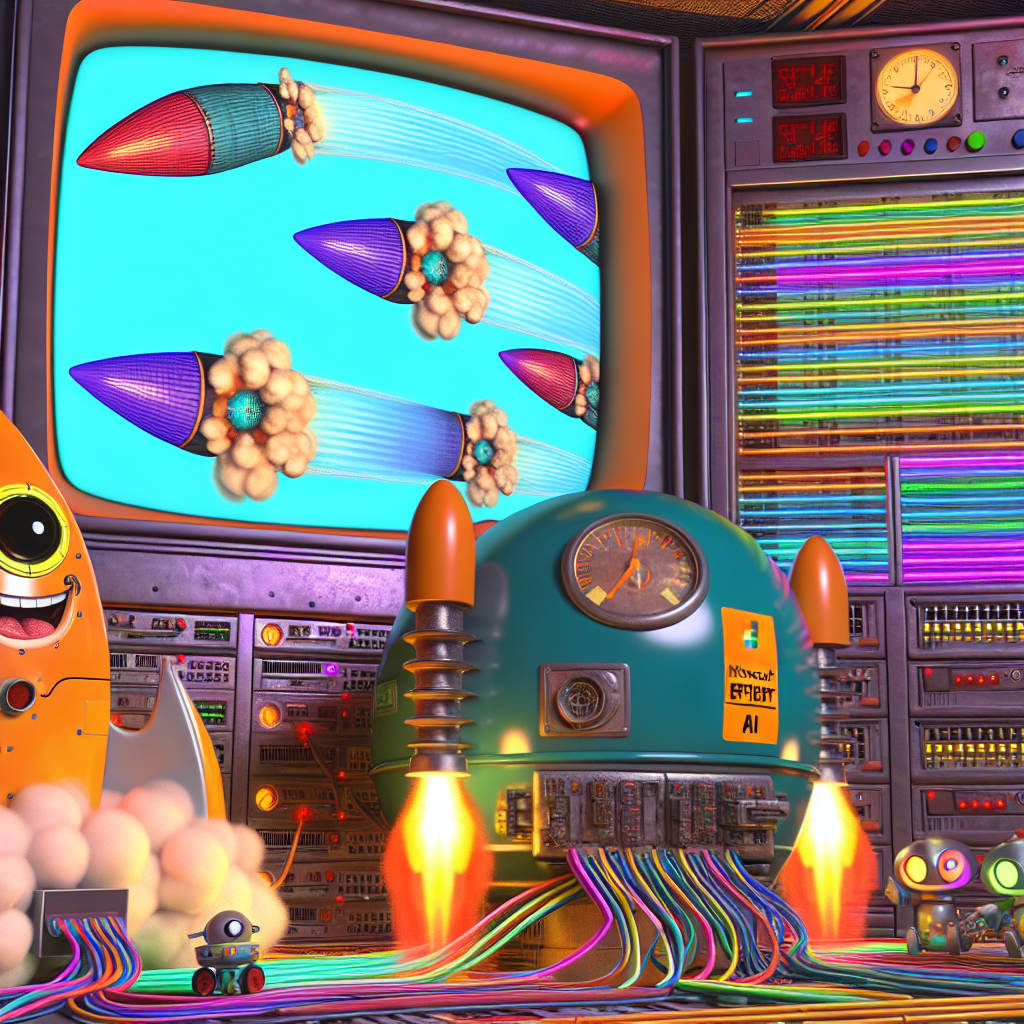“`html
AI-Created Drug Succeeds
A New Era in Drug Development
In what could be a transformative moment for pharmaceuticals, clinical trials have yielded positive results for a drug that wasn’t designed by scientists in a lab but by a digital brain. For the first time, we’re witnessing a successful step forward for a medicine that was created by design algorithms. This isn’t an adaptation of existing molecules—it’s a breakthrough that could fast-track drug development timelines and revolutionize the pharmaceutical industry.
The Long Road to a New Drug—Shortened
The traditional drug development process is slow and expensive. It can take anywhere from 10 to 15 years and billions of dollars to bring a single drug to market. This timeline usually involves countless failures, human errors, and a great deal of trial and error in the lab. Now the tide is turning.
Here we have a drug that began as a series of complex calculations and simulations before becoming a real-world treatment option. The powerful computing system powering this discovery was able to model the interactions between various proteins, enzymes, and pathogens—leading to the identification of therapeutic targets at a pace unachievable by humans. What normally takes years happened in months.
A Match Made in Medicine
The drug in question is aimed at treating a rare, yet highly impactful medical condition—something that up until now lacked a highly effective treatment. In clinical trials, the new medication exhibited a significantly higher rate of efficacy and fewer side effects compared to earlier treatments. Initial results were so promising that the medical community, known for its cautious optimism, is now paying close attention to what comes next.
As this new process unfolds, this isn’t just about drug discovery—this is about reimagining the future of healthcare.
Think of it as having a super calculator that, instead of crunching numbers, crunches the chemistry of life. Leading pharmaceutical companies, in conjunction with academic researchers and even governments, anticipate we’re not just looking at faster drug discoveries but more equitable access to life-saving treatments—especially for rare or orphan diseases.
An Ocean of Opportunity
Now that major medical breakthroughs are within closer reach, it’s no surprise that many industries outside biotech are taking notes. Improved medications for things currently considered challenging or costly to treat—like Alzheimer’s or some forms of cancer—could become practical by applying this new strategy.
Consider the advantages:
This streamlined approach can potentially impact multiple sectors beyond medicine, such as agriculture and materials science. The possibilities are endless.
A Prescription for Change
It’s worth contemplating how these advancements could impact patients, regulators, and medical professionals worldwide. If drugs can be made faster, cheaper, and more safely, does that mean we could enter a future where healthcare is less expensive and more accessible for all?
Let’s not jump ahead too far, though. There are still questions to answer. Will the manufacturing infrastructure be able to keep pace with the flood of innovations? How will regulatory bodies—like the FDA—adapt their frameworks for expedited approvals without sacrificing safety and efficacy?
Nonetheless, we’re standing at the very edge of a frontier that merges two powerful human endeavors—medicine and technology—in unprecedented ways.
Conclusion: A New Chapter in Healthcare
We are undeniably at a pivotal moment in health sciences. A drug, conceived by automated design processes, has passed its first major hurdle in clinical trials. If subsequent tests continue to demonstrate success, we’ll look back on this as the moment the pharmaceutical industry fundamentally changed.
Uncharted territory? Sure. But it’s clear that these advancements aren’t just about speed or convenience. It’s about reshaping how we tackle human health problems, starting with this bold first step into a future where science and technology meet like never before.
“`



